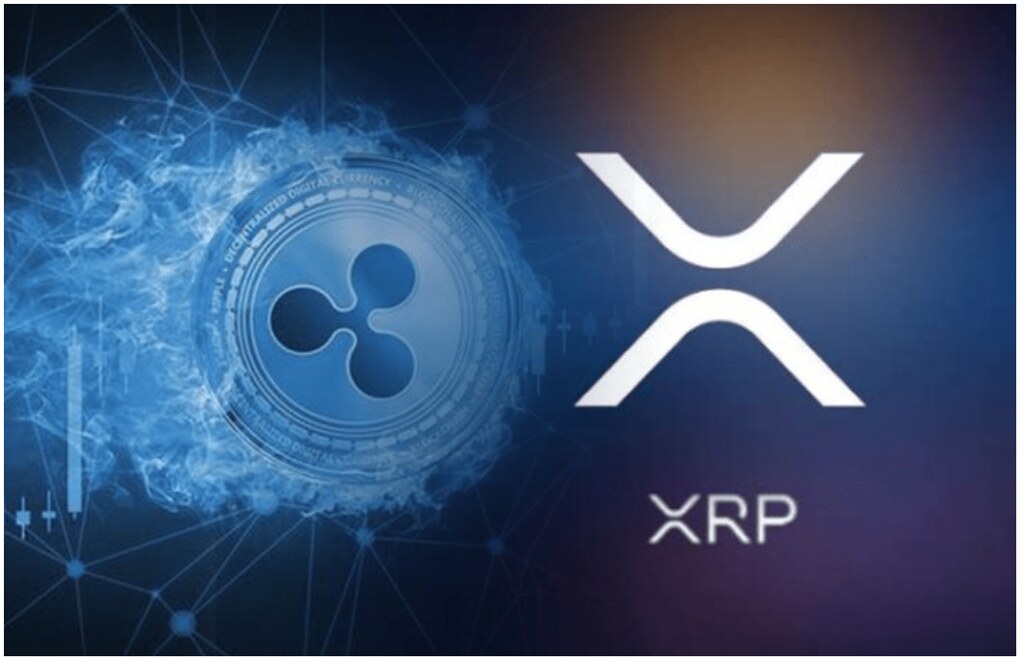Main Points:
- Ripple is set to introduce smart contracts to the XRP Ledger (XRPL).
- The functionality will first be available on the Ethereum Virtual Machine (EVM) sidechain within months.
- Ripple aims to attract developers by offering new use cases on XRPL.
- Smart contracts could significantly impact various sectors, including DeFi and supply chain management.
- Ripple is collaborating with developers, encouraging them to provide feedback and explore new possibilities.
- The integration of EVM compatibility is seen as a move to broaden XRPL’s appeal to a global developer community.
Introduction of Smart Contracts to XRPL
Ripple, the international payments company behind XRP, is making significant strides by adding smart contract capabilities to the XRP Ledger (XRPL). This move is poised to attract developers and open up new opportunities for builders, entrepreneurs, and users within the XRPL ecosystem. Smart contracts will initially run on the Ethereum Virtual Machine (EVM) sidechain, allowing developers to utilize familiar tools and programming languages like Solidity. The functionality is expected to be operational within the next few months, creating excitement within the blockchain community.
Why Smart Contracts Matter
Smart contracts are self-executing programs stored on a blockchain that automatically fulfill agreements once certain conditions are met. They are key enablers of decentralized finance (DeFi), providing solutions that eliminate intermediaries and enhance transparency in transactions. In addition to DeFi, smart contracts can be used across a wide range of industries, including supply chain management, healthcare, and insurance, unlocking unprecedented levels of efficiency and trust.
Popular blockchain platforms such as Ethereum, Binance Smart Chain, Avalanche, and Solana have already integrated smart contracts, allowing for the development of decentralized applications (DApps). Ripple’s decision to introduce similar capabilities to XRPL is seen as a pivotal development that could propel the platform into the mainstream.
Collaborating with DeFi Developers
Ripple has expressed a strong commitment to working with DeFi developers to refine and enhance the smart contract functionality. The company has invited members of the community, especially those familiar with EVM programming, to contribute ideas and explore the new features. Ripple’s collaboration with blockchain company Peersyst, which is leading the development of the EVM-compatible sidechain, is part of a broader strategy to boost the appeal of the XRPL ecosystem.
By enabling developers to use Solidity, the popular programming language for Ethereum smart contracts, Ripple aims to bridge the gap between Ethereum and XRP communities. This could create opportunities for cross-chain interoperability and innovation, fostering a more vibrant blockchain environment.
EVM Compatibility: A Strategic Move
One of the most notable aspects of Ripple’s announcement is the integration of Ethereum Virtual Machine (EVM) compatibility within the XRPL sidechain. This allows developers who are already building on Ethereum to seamlessly transition to the XRPL ecosystem without having to learn a new set of tools. EVM compatibility is expected to lower the barrier to entry for developers, making it easier to build decentralized applications on XRPL.
Ripple’s efforts to attract a global developer community are likely to accelerate the adoption of smart contracts on the platform. As more developers become familiar with XRPL’s capabilities, the ecosystem could see a surge in decentralized applications ranging from financial services to gaming and beyond.
XRPL’s Growing Developer Ecosystem
Ripple’s move to introduce smart contracts represents an effort to expand its developer ecosystem and compete with other leading blockchain platforms. The company’s focus on enhancing programmability is part of a broader strategy to ensure that XRPL remains relevant in a rapidly evolving industry.
By providing a robust platform for developers to build innovative applications, Ripple hopes to position XRPL as a go-to choice for decentralized solutions. The introduction of EVM compatibility could also pave the way for future advancements, such as the integration of advanced financial products, including decentralized exchanges (DEXs) and automated market makers (AMMs).

The Road Ahead: 2025 and Beyond
Ripple has outlined ambitious plans for the future, with the goal of adding smart contract functionality to XRPL’s mainnet by 2025. While the technology is still in the research phase, the potential impact of this development is significant. If successful, Ripple’s smart contract capabilities could enhance the ledger’s programmability and expand its use cases across multiple industries.
The introduction of smart contracts on XRPL is not just a technical upgrade—it’s a strategic initiative that positions Ripple as a leader in the blockchain space. By offering developers the tools they need to create innovative applications, Ripple is preparing for a future where decentralized solutions play a central role in the global economy.
Ripple’s decision to bring smart contracts to the XRP Ledger marks a significant milestone in the platform’s evolution. The introduction of EVM compatibility, along with the company’s focus on collaboration with the DeFi community, signals a bright future for XRPL. As the ecosystem continues to grow and attract developers, Ripple is well-positioned to become a major player in the decentralized finance space. With plans to roll out smart contracts on the mainnet by 2025, Ripple is setting the stage for an exciting new chapter in its journey.


